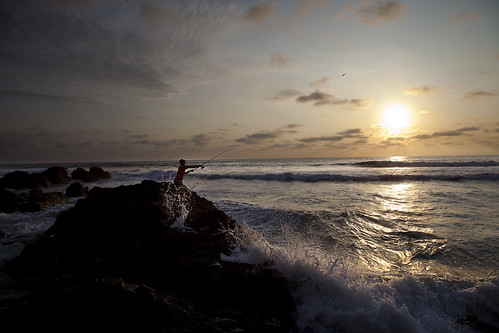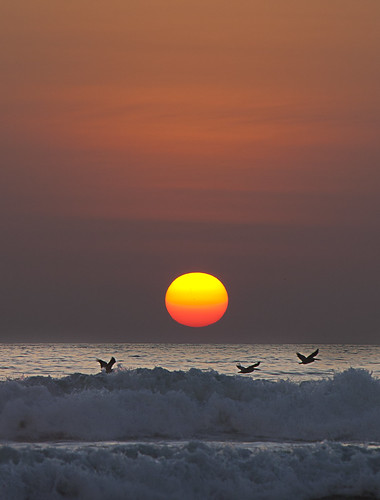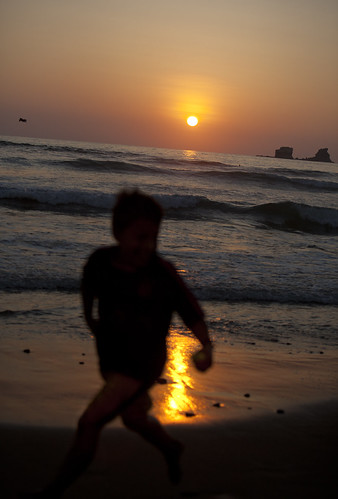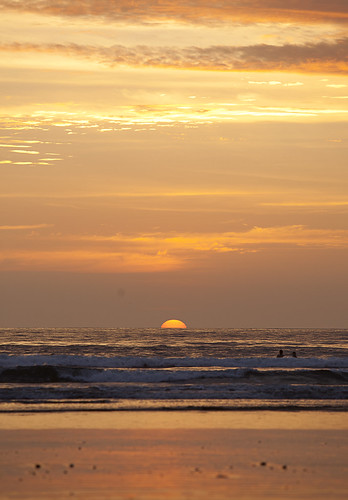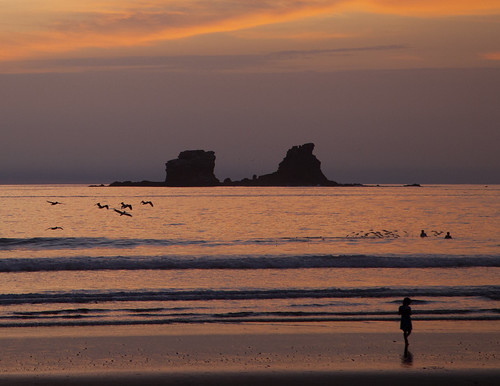It was a brave man who first ate an oyster, said Jonathan Swift. Well it was a total, bloody hero who first ate percebes.
I have a plate of alien penises in front of me and I'm expected to eat them. Ok, so they're not actually alien penises but sometimes fiction is more palatable than fact.
I have a plate of alien penises in front of me and I'm expected to eat them. Ok, so they're not actually alien penises but sometimes fiction is more palatable than fact.

They are percebes, a rare seafood delicacy famous in the town of Salango, Manabi. In English they are known as goose barnacles because in the days before Europeans understood the migratory patterns of birds, they believed the barnacle geese laid their eggs on branches and dropped them into the sea.
The percebes look like
the sort of space monsters I used to spend afternoons blasting away at in the early-90s horizontal shooter R-Type. An obscure reference, but no
less true for it. Or, for the film fans... they are somewhere between
Aliens, a Triffid and a Grabboid from Tremors.
A plate of percebes in
the excellent El Pelicano restaurant in Salango costs just 11
dollars. But they are also particularly popular in Spain where prices
can be more than twenty times higher. The juiciest goose barnacles
sell for well over 100 euros a kilo.
So what do they taste like? The sea... but that's not very helpful. Muy rico. They are much softer than calamari and firmer than crab. They are juicy and meaty with a more intense flavour than cockles or mussels. I ate them steamed with just a squeeze of lemon. I love seafood and they are absolutely delicious.
To eat them you extract
a stalk from the calciferous mass they grow from, you then snap the
head gently and peel back the thick, reptilian skin to reveal a
fleshy pipe of flesh. It's best not to look at them too carefully
before popping them in your mouth. Small percebes grow like branches
from the larger ones and from behind the claw like skull a weird
tentacles hand writhes.
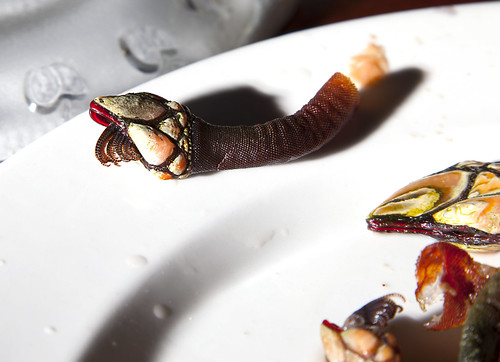
I've had some strange
dishes put before me from pig's trotters, bowls of squid ink, and
oysters in Cancale but percebes tops the list. Lucy and I cast one
another a nervous glance when the bowl of steaming aliens arrived.
Neither of us wanted to go first so I stalled for time and took some
photos. By the end we were fighting over the scraps.
I'd never pay 100/kg
Euros for percebes but at Ecuadorian prices it's a bargain. I'm
returning to El Pelicano soon for a second bowl.


